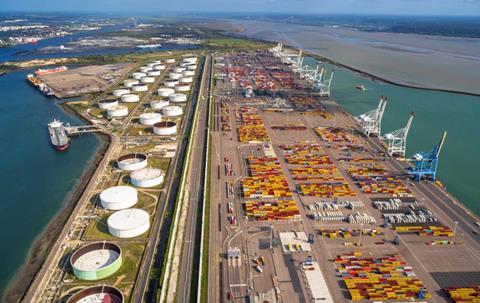France’s Haropa Port is embracing new technologies and is developing a digital twin for ship calls and quayside operations. This tool aims to improve the safety and efficiency of port operations, as well as the use of associated resources.

The digital representation of the port includes its infrastructure, equipment, processes and operations. This technology uses real-time data, sensors and 3D models to create an accurate digital copy of the port.
Real time monitoring of activity can anticipate and improve the operational efficiency of port calls and optimize the management of the associated resources required, said Haropa. It also helps to reduce the energy consumption associated with port activities and contributes to a reduction in environmental impact.
With port space constraints a pressing issue, particularly when considering the increasing size of wind energy project, a number of ports are turning to technology to help streamline operations. In November 2023, six European ports said they would collaborate on artificial intelligence (AI) projects to help optimise the green energy transition.
The ports – Port Esbjerg (Denmark), Port Oostende (Belgium), Groningen Seaports/Eemshaven (the Netherlands), Niedersachsen port/Cuxhaven (Germany), Nantes-Saint Nazaire port (France) and HumberFreeport (UK) – met in Cuxhaven last year in a bid to resolve capacity issues facing the wind energy sector.
The potential use of AI to help those goals have been demonstrated by Port Esbjerg, where the development of its digital twin has helped ensure wind energy capacity can be tripled, without using more space.
















